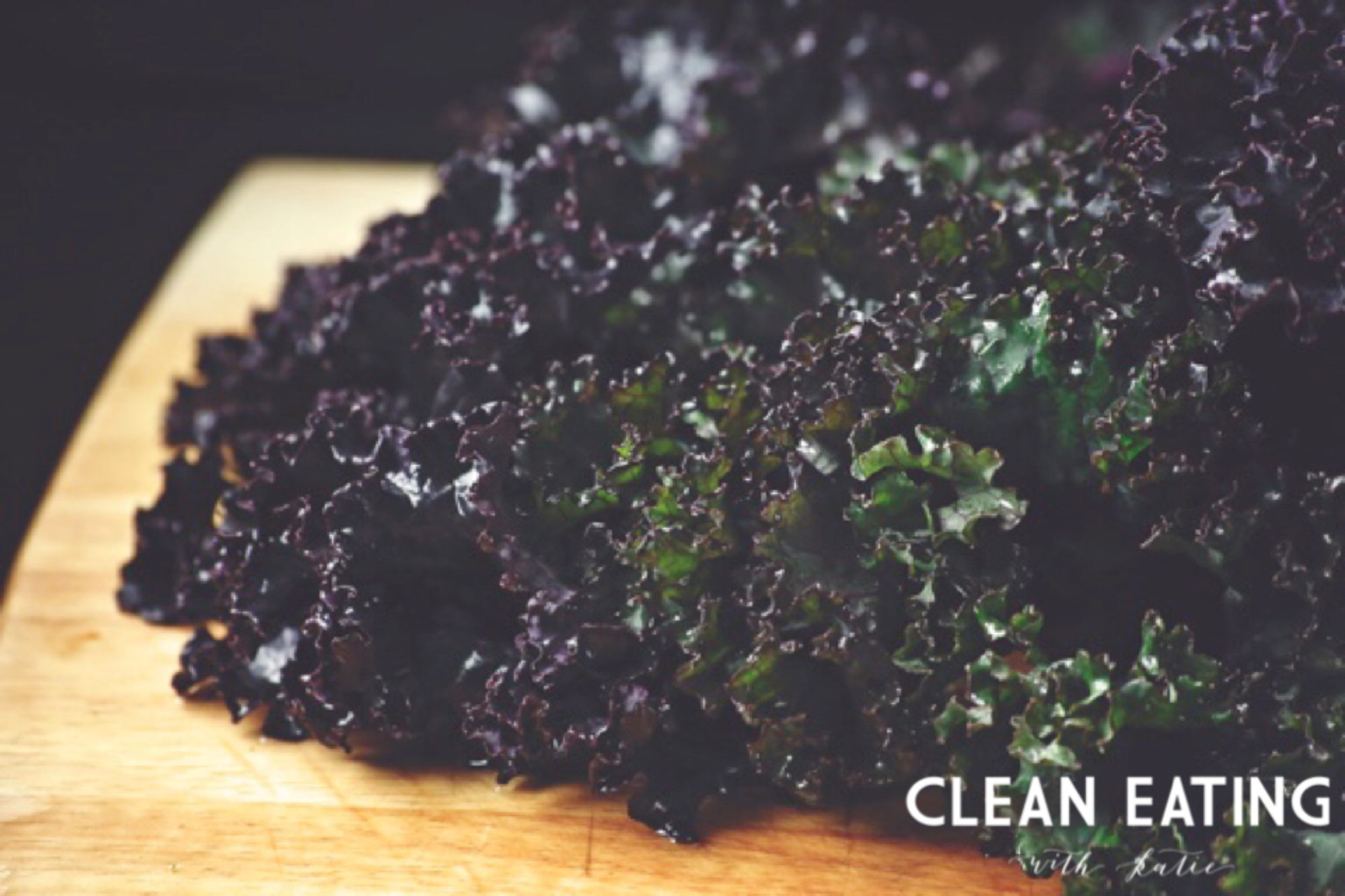
I wrote this article for an assignment on autoimmune conditions, specifically Lupus. However, this applies to anyone that is looking to determine what is “off” with their digestion, what food triggers they may have, or trying to solve other “unsolved mysteries” about what may be causing skin problems, headaches, etc. Enjoy!
To address autoimmune conditions like Lupus, the 5-R Protocol would be highly recommended. It is like a “jump-start” into the diet plan that should be continued for optimal immune health. By removing offending foods, the body stops reacting negatively to those foods and can begin to use its nutrient resources to heal itself. Additionally, 80% of the immune system is in the digestive system and a healthy digestive system is key for a healthy immune system.
- Remove: Eliminate foods that are processed and devoid of nutrients, poor-quality fats, parasites, heavy metals, and foods that are potential triggers. Potential triggers include gluten-containing grains (wheat, barley, rye, spelt, and kamut), nightshade vegetables (tomatoes, potatoes, eggplant, and peppers) dairy, soy, and possibly fish, shellfish, peanuts, tree nuts, and eggs. Each person will have to decide what he or she needs to eliminate.
- Replace: Once the offending foods have been removed, it is time to replace them with nutrient-rich, whole-foods. This step also includes replacing missing nutrients using supplements, as well as adding in digestive supports like digestive enzymes, bile salts, and hydrochloric acid.
- Reinoculate: The digestive system is home to billions of bacteria that we rely on to help digest food, protect us from foreign invaders, and to help make short chain fatty acids that we need. Over the years, our diets have been lacking in healthy bacteria and we take many medications that kill off the necessary bacteria. These healthy bacteria are found in cultured dairy products like yogurt and kefir, and in fermented foods like kombucha, sauerkraut, and kimchi. Supplementation with probiotics can begin with 10-20 billion per day and can increase gradually to 50-100 billion (Bauman, 2015).
- Repair: Over time, our standard diets have also damaged our digestive system’s ability to properly breakdown foods and absorb nutrients. Using foods like bone broth, grass-fed gelatin, and foods rich in fiber will help to repair and clean out the intestines. Additional supplements that can help to heal include: glutamine, gamma-oryzanol, boswellia, licorice, quercetin, goldenseal, aloe, marshmallow root, essential fatty acids, and cabbage.
- Rebalance: Digestion starts in the brain. If your mindset isn’t in the “right” place, proper digestion will not occur. If you are stressed, your body will be in sympathetic mode rather than in parasympathetic mode and your digestion will be compromised. The focus of step 5 is on stress management, quality sleep, adequate exercise, and a positive outlook. This last step is often a continual practice in mindfulness.
References:
Bauman, E. (6/20/15-11/30/15). Personal Communication
Lipski, E. (2013). Digestion Connection. New York, NY: Rodale.
Health & Hugs <3,
Katie


One Reply to “The 5-R Protocol for Digestive Health”
Comments are closed.